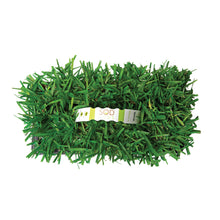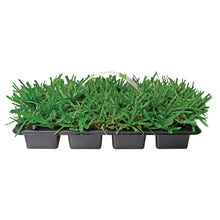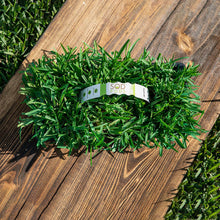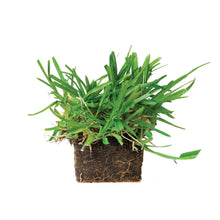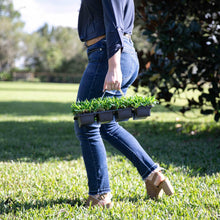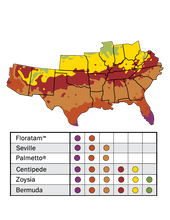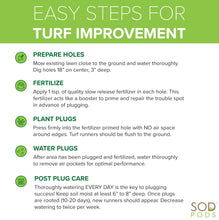About Floratam Grass
Floratam St. Augustine Grass Plugs are a coarse, vigorous variety of St. Augustine grass that thrives in warmer climates. It requires more than 6 hours of daily sunlight, and its broad leaves create a plush look. Perfect for a sunny lawn, Floratam™ is also the most drought-tolerant St. Augustine variety on the market.

Grass Characteristics
Appearance
- Color: Dark Green
- Texture: Coarse
Resistance
- Wear Recovery: Moderate
- Disease Resistance: Moderate
- Weed Resistance: Good
Tolerance
- Heat Tolerance: Excellent
- Drought Tolerance: Good
- Shade Tolerance: Fair
- Salt Tolerance: Moderate
Maintenance
- Sunlight: 4-6 hours daily
- Mow Height: 3-4 inches
- Maintenance: Moderate
- Growth: Aggressive horizontal growth
Grass Plug Coverage
Each SodPods® grass plug is approximately 3 inches by 3 inches. A 16-pack grass plug tray can cover up to 32 square feet when spaced 18 inches apart. For faster coverage, reduce the spacing between plugs.
Frequently Asked Questions
What is Floratam grass?
Keeping it at a height of 3 to 4 inches gives it a thick, lush appearance. Floratam is a coarse grass with broad, flat blades. Floratam will have a deep green to bluish-green hue during the summer months, but it will fade a bit during cooler temperatures as it goes dormant.
How to identify Floratam St Augustine grass?
A healthy Floratam lawn will have deep purple stems, green foliage and long white roots. St. Augustine grass with brown, diseased leaves and short brown roots is a sign of the dry-root fungus that plagues this type of grass.
Is St Augustine grass the same as Floratam?
St. Augustine grass (Stenotaphrum secundatum) is a popular warm-season lawn grass. Several varieties are available, but 'Floratam' (Stenotaphrum secundatum 'Floratam') has become one of the most widely produced and used St. Augustine cultivars in lawns. Since its introduction by the University of Florida and Texas A & M University in 1973, this variety has gained popularity due to its water efficiency and disease resistance.









